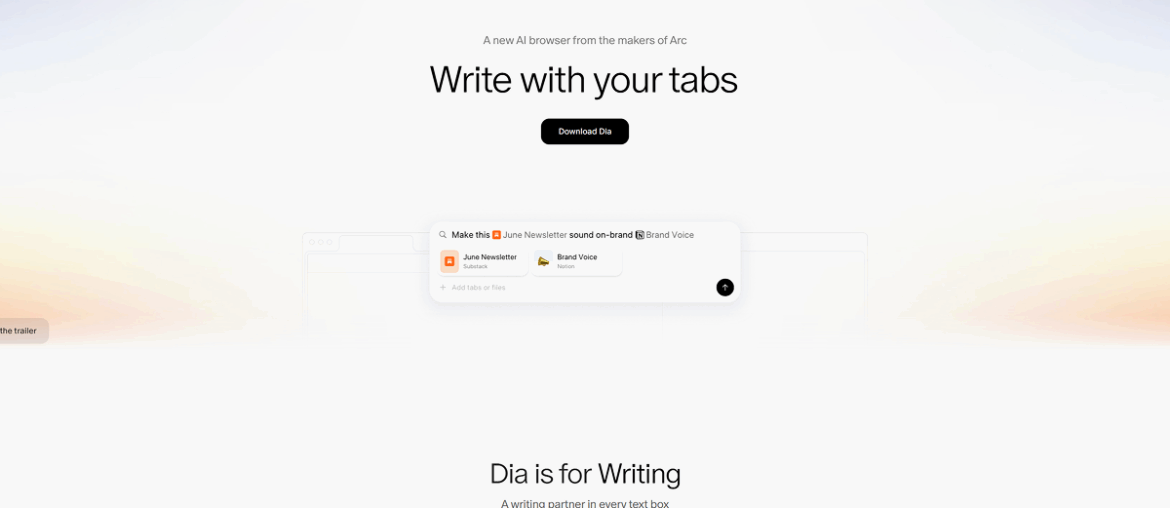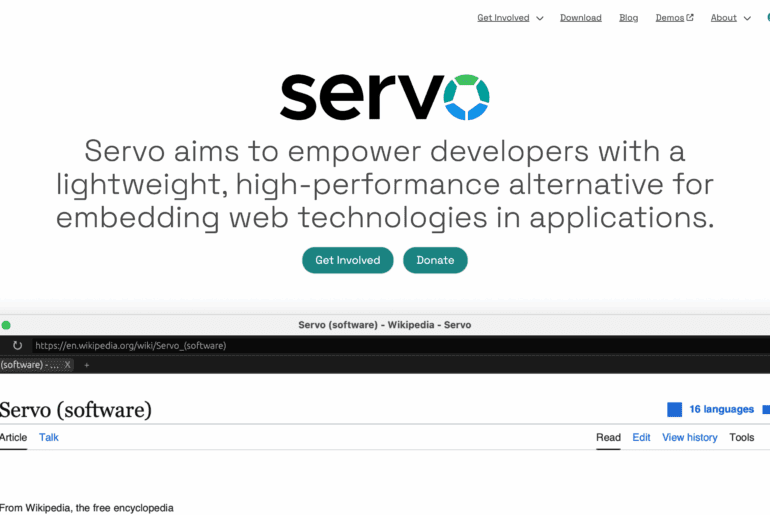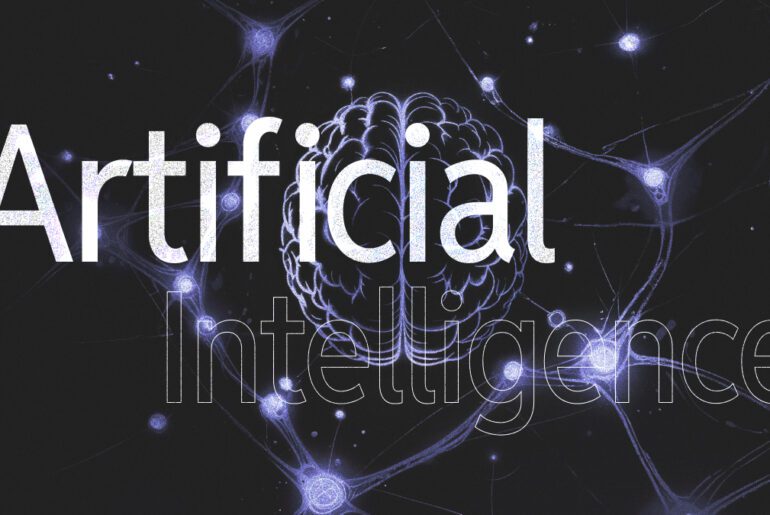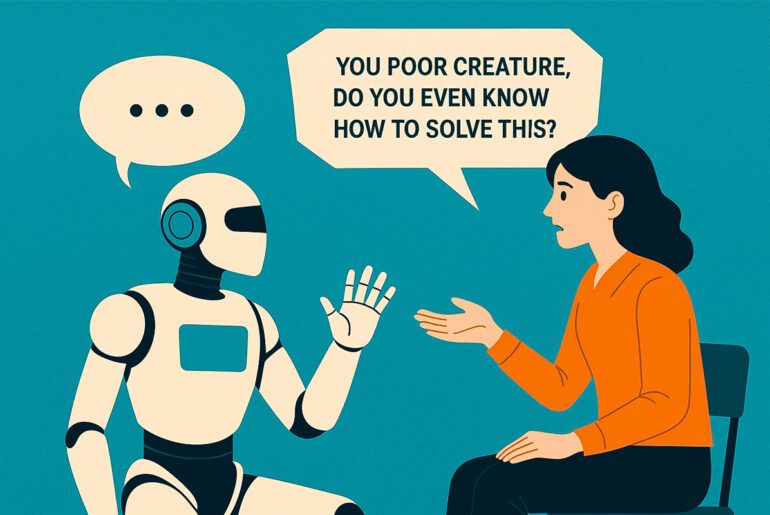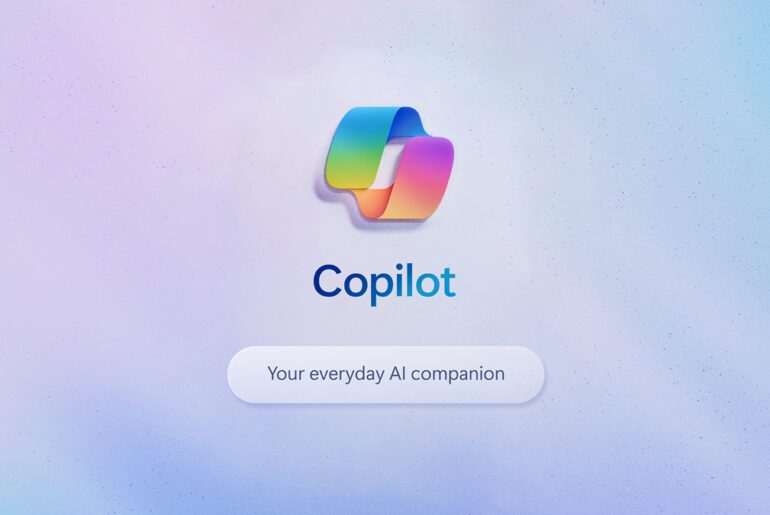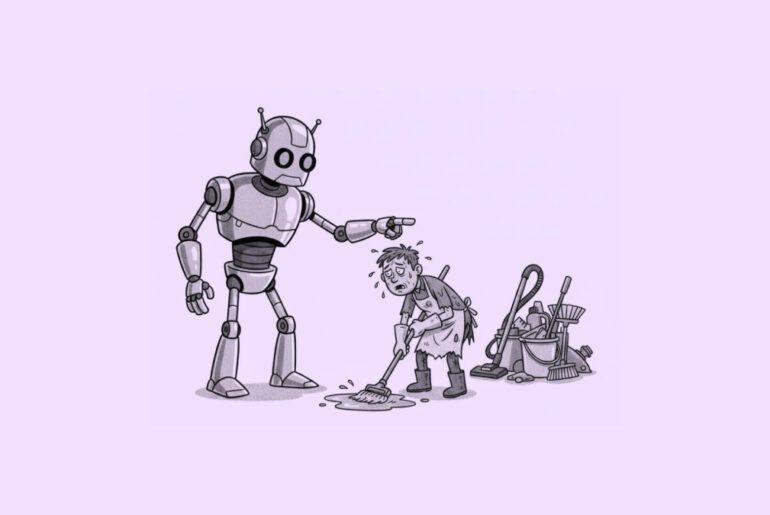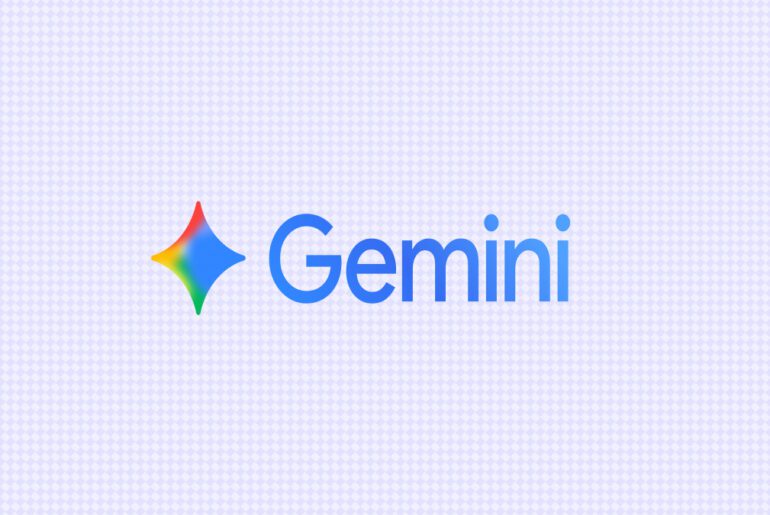On October 8, 2025, The Browser Company officially made its AI-powered browser, Dia, broadly available for macOS users. The launch marks a shift from its previous product, Arc, whose active development has now largely ceased in favor of this new AI-centric direction. Dia is positioned as a tool built for work, integrating artificial intelligence deeply into the browser experience.
The timing of the release aligns with broader interest in AI-augmented productivity tools. The Browser Company has expressed that they see Dia not merely as another browser, but as a “work companion”—a context-aware assistant weaving together web pages, open tabs, and user intent.
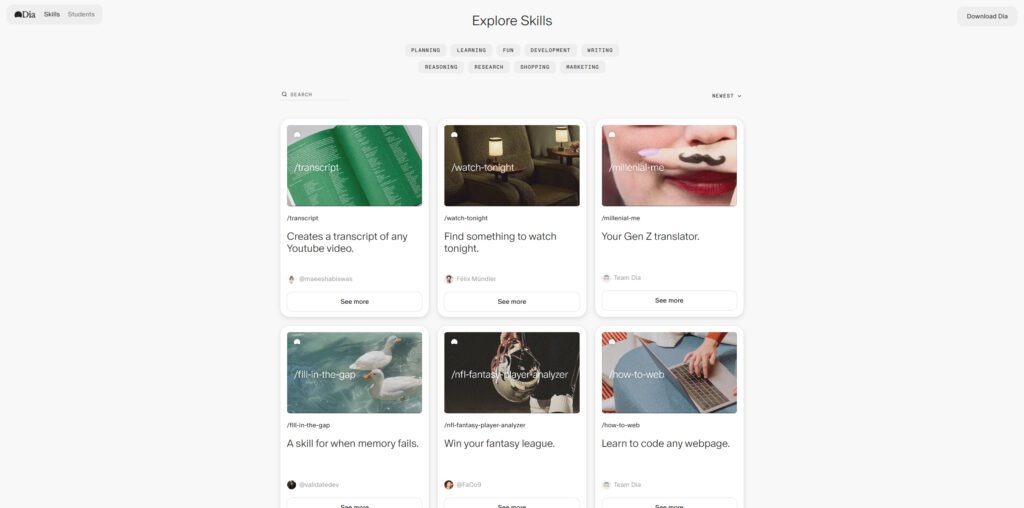
Dia offers a range of built-in AI features. Users can chat with the browser across tabs, ask it to summarize content, extract or synthesize insights, or assist in writing directly within text boxes. The browser also allows “Skills”, modular AI extensions or templates users can employ or modify. For many standard browsing tasks—navigating web pages, searching, opening links—the browser retains familiar mechanics to reduce friction for new users.
However, Dia has hardware and system requirements: it runs on macOS 14 or newer, and only on Macs using Apple Silicon (M1 or later). Some advanced AI features are gated behind a paid “Pro” tier, priced at approximately US $20 per month, though a free version remains available with usage limits.
The Shift from Arc to Dia
For more than a year, The Browser Company had been maintaining Arc primarily through bug fixes and security updates while directing its innovation efforts toward Dia. According to internal communications, one of the deciding factors was that Arc, despite its devoted user base, was considered too unfamiliar or complex for mainstream adoption. Dia’s design emphasizes simplicity, lowering the learning curve so that users can switch to it seamlessly.

Some features once unique to Arc—such as advanced tab organization, vertical tab layouts, or profile routing—are expected to evolve or reappear within Dia, but reinterpreted in ways that align with its AI-first philosophy.
In September 2025, Atlassian announced a $610 million acquisition of The Browser Company, signaling its intent to integrate Dia into workplace workflows and SaaS tool ecosystems. In an acquisition statement, Atlassian suggested that Dia could be suitable as the “primary work browser,” helping unify context across tabs, tools, and tasks. The move amplifies Dia’s positioning as a browser built for work, not just casual or consumer use.
Challenges and Considerations
While the vision is ambitious, several challenges are already apparent. First, limiting Dia to macOS and Apple Silicon excludes a large portion of potential users on Windows or other platforms. Secondly, the AI features’ effectiveness will depend heavily on context awareness, prompt understanding, and integration speed. In early reviews and user feedback, the AI capabilities are praised for convenience but also critiqued for being occasionally inconsistent or underutilized.
Moreover, Dia enters a competitive landscape. Other AI-infused browsers and tools—such as Perplexity’s Comet, Opera’s evolving AI features, and rumors of OpenAI’s own browser—underscore that the browser space is being redefined around AI.
If it succeeds, Dia may reshape expectations of what a browser can do in the workplace. The integration of AI at the core could reduce friction between content browsing, analysis, writing, and task execution. But success will likely depend on continued refinement of its AI models, expansion to more platforms, and convincing users that the new paradigm is worth the switch.


